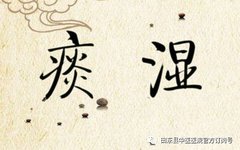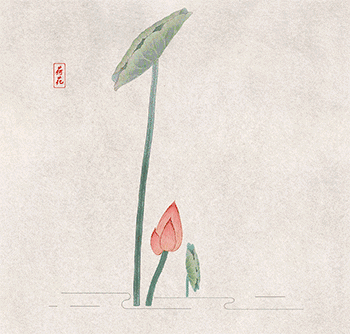
Click the blue text to follow us!


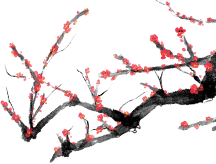
Identification and Regulation
Phlegm-Damp Constitution

“All diseases arise from phlegm”. The phlegm-damp constitution refers to a condition where the body’s organ functions are disordered, leading to the disruption of the movement of qi, blood, and body fluids, resulting in the accumulation of water and dampness, which transforms into phlegm. This condition is often characterized by obesity, fullness in the abdomen, chest tightness, excessive phlegm, easy fatigue, a heavy body feeling, a preference for rich and fatty foods, a large tongue, and a thick white greasy coating. It commonly arises from invasion by cold dampness, irregular diet, congenital factors, aging, chronic illness, and lack of exercise. Symptoms may vary depending on the location of phlegm-damp accumulation, with a tendency to develop conditions such as diabetes, stroke, chest obstruction, hypertension, tumors, and nodules. Individuals with a phlegm-damp constitution are particularly prone to high blood sugar, high blood pressure, high blood lipids, and high uric acid. They also have poor adaptability to humid environments, such as during the plum rain season. A sedentary lifestyle, overeating, excessive worry, and high stress can limit the spleen and stomach’s ability to transform and transport, making it easy for water and dampness to accumulate, which gradually forms phlegm in the body.

1. How to Self-Test for Phlegm-Damp Constitution


Let’s self-test to see if you have a phlegm-damp constitution. If you identify 2-3 or more of the following symptoms, you should take it seriously:
● A persistent feeling of phlegm in the throat that cannot be coughed up or swallowed;
● Obesity accompanied by abnormal blood pressure and blood lipids, with excess fat around the abdomen and thighs that feels soft and cool to the touch;
● Oily hair, with some experiencing hair loss, and oily skin that may lead to acne;
● Prone to bad breath, athlete’s foot, gout, dampness in the scrotum, and abnormal vaginal discharge;
● Sticky and poorly formed stools with a strong odor, requiring a lot of toilet paper to clean up, and difficult to flush away;
● Insomnia and irritability, with difficulty falling asleep;
● A thick, greasy coating on the tongue;
● Snoring and heavy breathing during sleep;
● Either excessive sweating or a lack of sweating;
● Coughing up phlegm every morning;
● Poor appetite, bloating, nausea, and a preference for meat or alcohol;
● Constant fatigue, heavy limbs, a desire to sit or lie down to rest, feeling drowsy and unable to wake up, and a foggy mind in the morning.

2. Regulating Phlegm-Damp Constitution

In Traditional Chinese Medicine, the spleen is the source of phlegm production, while the lungs are the storage organ for phlegm. Excessive phlegm is often due to a weak spleen, which fails to properly transform and transport food, leading to insufficient body fluids in the lungs, obstructed qi flow, and ultimately phlegm formation. This is a classic case of “mother disease affecting the child disease.” Therefore, to transform phlegm-damp, it is essential to regulate the spleen and stomach. It is recommended to consult a specialist at our Preventive Medicine Department for constitution identification and personalized herbal prescriptions.
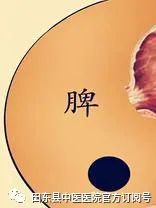
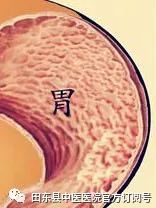
(1) Dietary Health
The diet should be light, avoiding raw and cold foods, and focusing on foods that strengthen the spleen, transform phlegm, and eliminate dampness, such as coix seed (yi yi ren), mushrooms, seaweed, bamboo shoots, winter melon, radishes, kumquats, and mustard. Limit consumption of fatty meats, sweets, and greasy foods. Recommended dietary therapy: Coix Seed and Winter Melon Soup – 30 grams of coix seed and 150 grams of winter melon. Preparation: Cook coix seed and winter melon in a pot over low heat for 30 minutes, season, and serve. This soup is beneficial for strengthening the spleen, boosting qi, and promoting dampness elimination.
(2) Acupoint Health
Selected acupoints: Zusanli (ST36), Fenglong (ST40), Shui Dao (SP9).
Location: Fenglong is located 8 cun above the tip of the external malleolus, 2 fingerbreadths lateral to the anterior crest of the tibia; Shui Dao is located in the lower abdomen, 3 cun below the umbilicus, 2 cun lateral to the anterior midline.
Method: Use the thumb or index finger to press on Fenglong and Shui Dao acupoints, performing on both sides of Fenglong simultaneously. Each session should last 5-10 minutes. Repeat twice daily for a 10-day course.
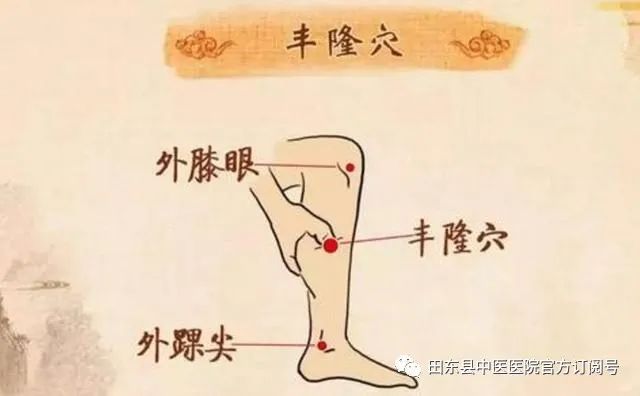
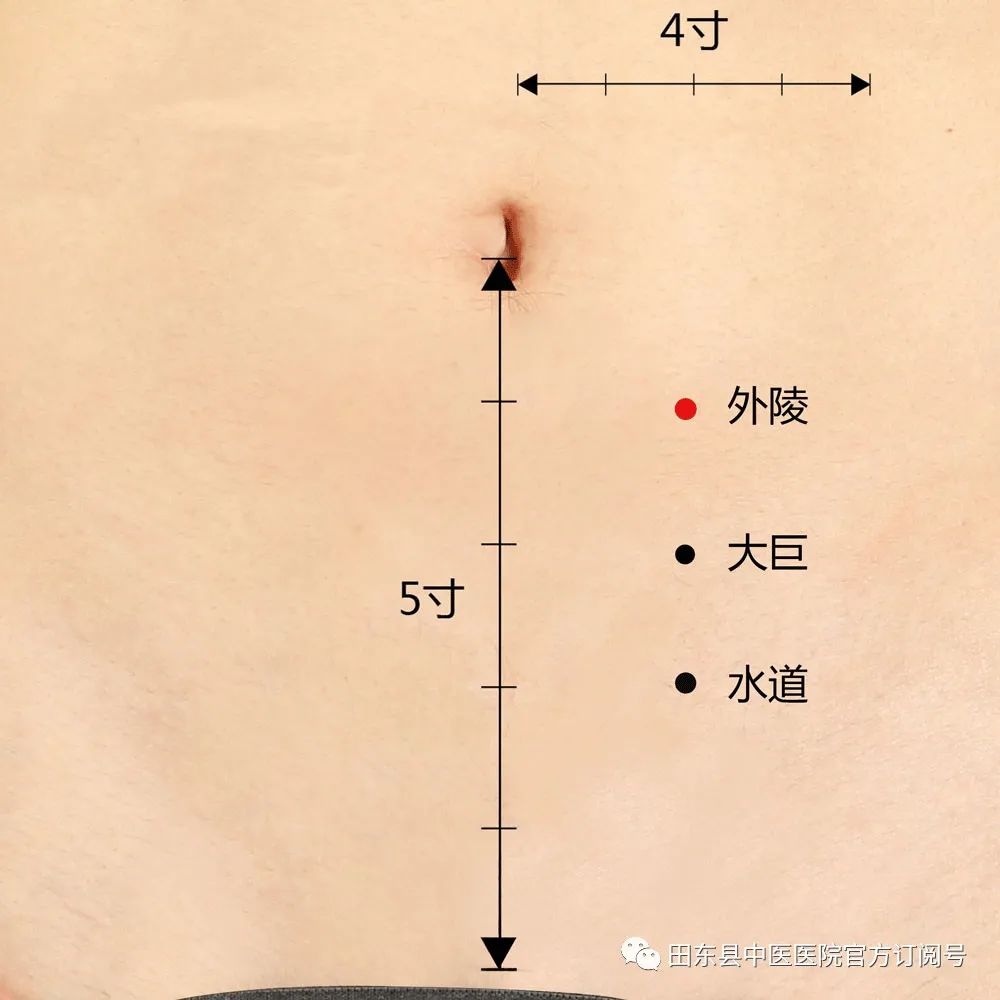
(3) Meridian Health
Press the Zhongwan (CV12), Qihai (CV6), Guanyuan (CV4), and Tianshu (ST25) points for 30 seconds to 1 minute using the index, middle, and ring fingers.
Zhongwan: Located on the anterior midline, 4 cun above the umbilicus, or at the midpoint of the line connecting the umbilicus and the xiphoid process; Qihai: Located on the anterior midline, 1.5 cun below the umbilicus; Guanyuan: Located on the anterior midline, 3 cun below the umbilicus; Tianshu: Located 2 cun lateral to the umbilicus.
(4) Exercise Health
For elderly individuals with a phlegm-damp constitution, regular aerobic exercise is essential. Maintain a balanced diet and control weight, incorporating the “Double Hands Holding Up the Sky” and “Regulating the Spleen and Stomach” movements from the Ba Duan Jin exercise for 1-3 repetitions.

-END-

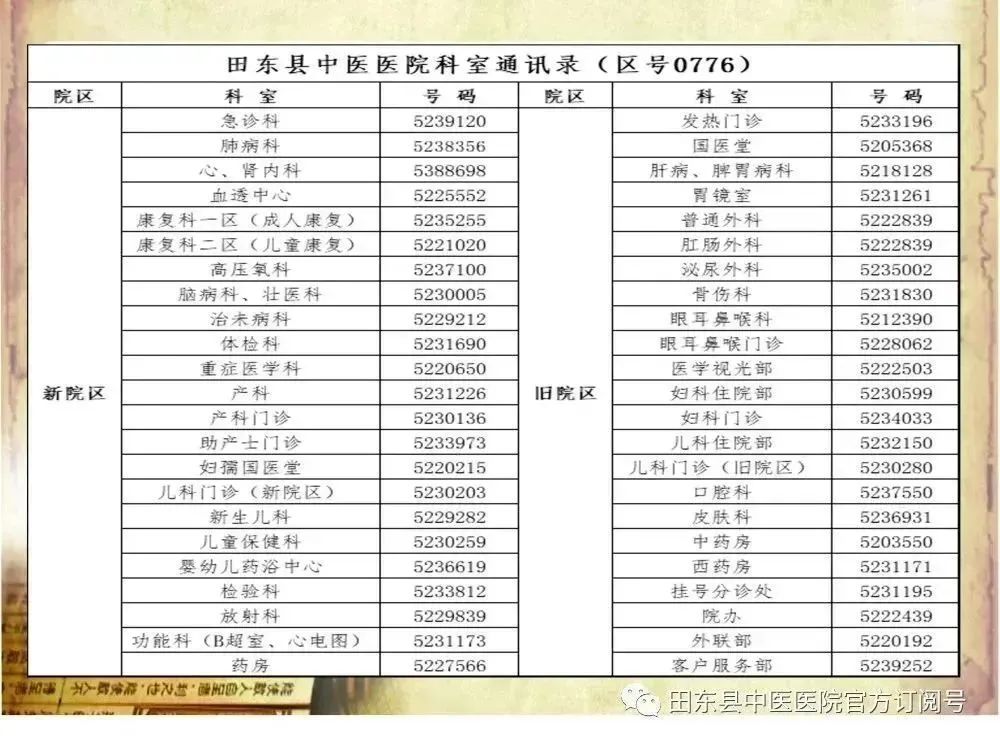
Text: Luo Meihua (Preventive Medicine Department)
Images: Luo Meihua (Preventive Medicine Department)
Editor: Ling Dongyu (Publicity Department)
Reviewers: Huang Lixia, Yan Wei (Publicity Department)

